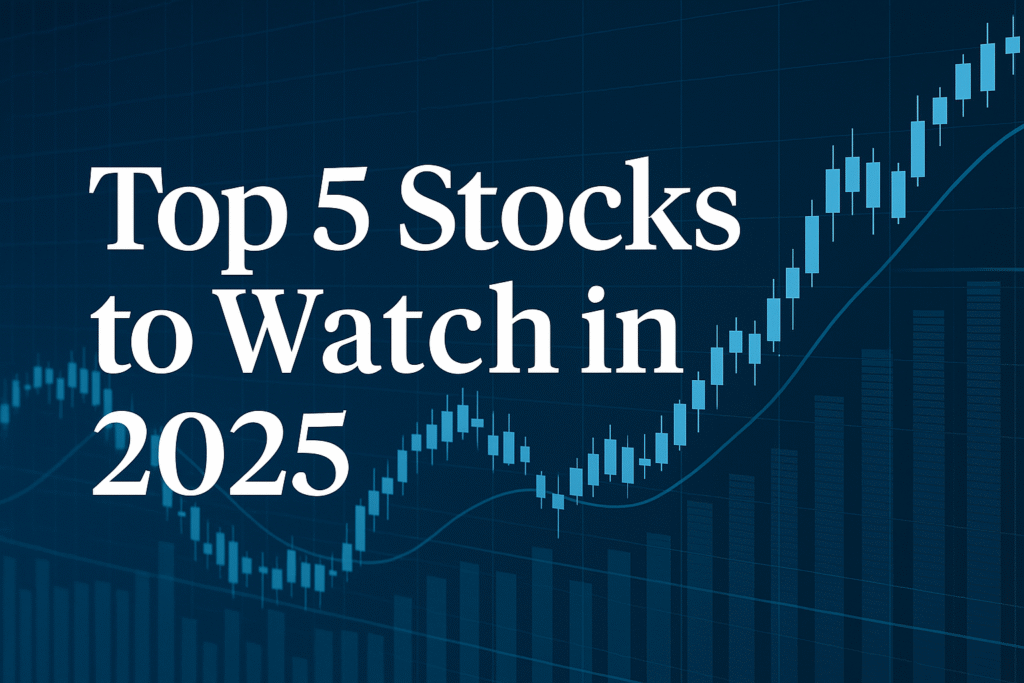If you think investing is only for people with thousands of dollars, think again.
In 2025, you can start investing in the stock market with just $100 — thanks to fractional shares, commission-free apps, and smart technology that makes the market more accessible than ever.
The key isn’t how much you start with — it’s how consistently you grow and learn.
Here’s exactly how to turn that first $100 into the foundation of your investing journey.
1. Understand What Investing Really Means
Investing is about owning a piece of the economy.
When you buy a stock, you’re buying a share of a real company — its profits, its products, and its future growth.
The goal isn’t to get rich overnight. It’s to let your money work for you through time and compounding.
💡 Think of it this way:
If your $100 grows at 10% per year, it becomes $259 in 10 years — and that’s before adding more.
2. Pick the Right Investment Platform
To start investing with $100, you need a broker that offers fractional shares (so you can buy small pieces of expensive stocks like Apple or Tesla).
Top platforms in the U.S. include:
- Robinhood – beginner-friendly and commission-free.
- Fidelity – trusted, reliable, and supports fractional investing.
- SoFi Invest – great for beginners with automated options.
- Charles Schwab – ideal for long-term, diversified investing.
🧠 Pro Tip: Avoid brokers that charge high fees or require large minimum deposits — every dollar counts early on.
3. Start with ETFs or Index Funds
If you only have $100, diversification (spreading your risk) is crucial.
That’s why ETFs (Exchange-Traded Funds) or index funds are your best friends.
They let you buy tiny pieces of hundreds of companies in one single purchase.
Popular beginner choices:
- VOO – tracks the S&P 500 (top 500 U.S. companies).
- VTI – covers the entire U.S. stock market.
- QQQ – focuses on tech and innovation.
📊 Example:
If you invest $100 in VOO, you’re instantly investing in Apple, Microsoft, Amazon, and hundreds of others — automatically diversified.
4. Use Dollar-Cost Averaging (DCA)
Even with just $100, your best friend is consistency.
Instead of trying to “time the market,” invest small amounts regularly, no matter if prices are up or down.
This strategy — called dollar-cost averaging — smooths out volatility and reduces emotional mistakes.
💰 Example:
Invest $25 every week instead of $100 all at once.
You’ll buy more when prices are low and less when they’re high — automatically optimizing your average cost.
5. Diversify Beyond Stocks (Gradually)
As your portfolio grows, expand beyond U.S. stocks.
Consider adding:
- Bonds or bond ETFs (for stability)
- International ETFs (for global exposure)
- Dividend stocks (for passive income)
This builds long-term resilience.
But don’t rush — start with what you understand, and expand as you learn.
(Related: Top 5 Stocks to Watch in 2025)
6. Avoid These Common Mistakes
When starting small, avoiding errors is more important than chasing big wins.
Here are the traps most beginners fall into:
❌ Trading too often. Fees and taxes can eat your gains.
❌ Following hype. If you saw it on TikTok, you’re probably late.
❌ Ignoring risk. Don’t invest money you might need next month.
❌ Expecting quick profits. Building wealth takes years, not days.
The goal is to learn the game, not beat it overnight.
7. Let Compound Interest Do the Work
Albert Einstein reportedly called compound interest “the eighth wonder of the world.”
It’s simple: the money you earn also earns money — and that snowball effect grows faster each year.
If you invest $100 per month for 10 years with an average 8% return, you’d have $18,000+ — from just $12,000 invested.
That’s the power of consistency, not luck.
8. Keep Learning (and Stay Curious)
Your first $100 investment is a learning tool.
Use it to study how the market reacts, how dividends work, and how companies grow.
Follow reliable sources like:
- Investopedia
- Morningstar
- Yahoo Finance
- Bloomberg Markets
🧩 The goal: Learn how to make decisions based on data, not emotion.
Final Thought
You don’t need thousands to start investing — you need the right mindset.
Start small, stay consistent, and let time do the heavy lifting.
Every successful investor started somewhere. For you, that “somewhere” can be $100 and a commitment to grow.
(Also read: How to Read Stock Charts Like a Professional Trader)


Pingback: ChatGPT for Traders: 15 Prompts That Can Boost Your Strategy
Pingback: Understanding ETFs: The Smart Way to Diversify
Pingback: How to Read Stock Charts Like a Professional Trader